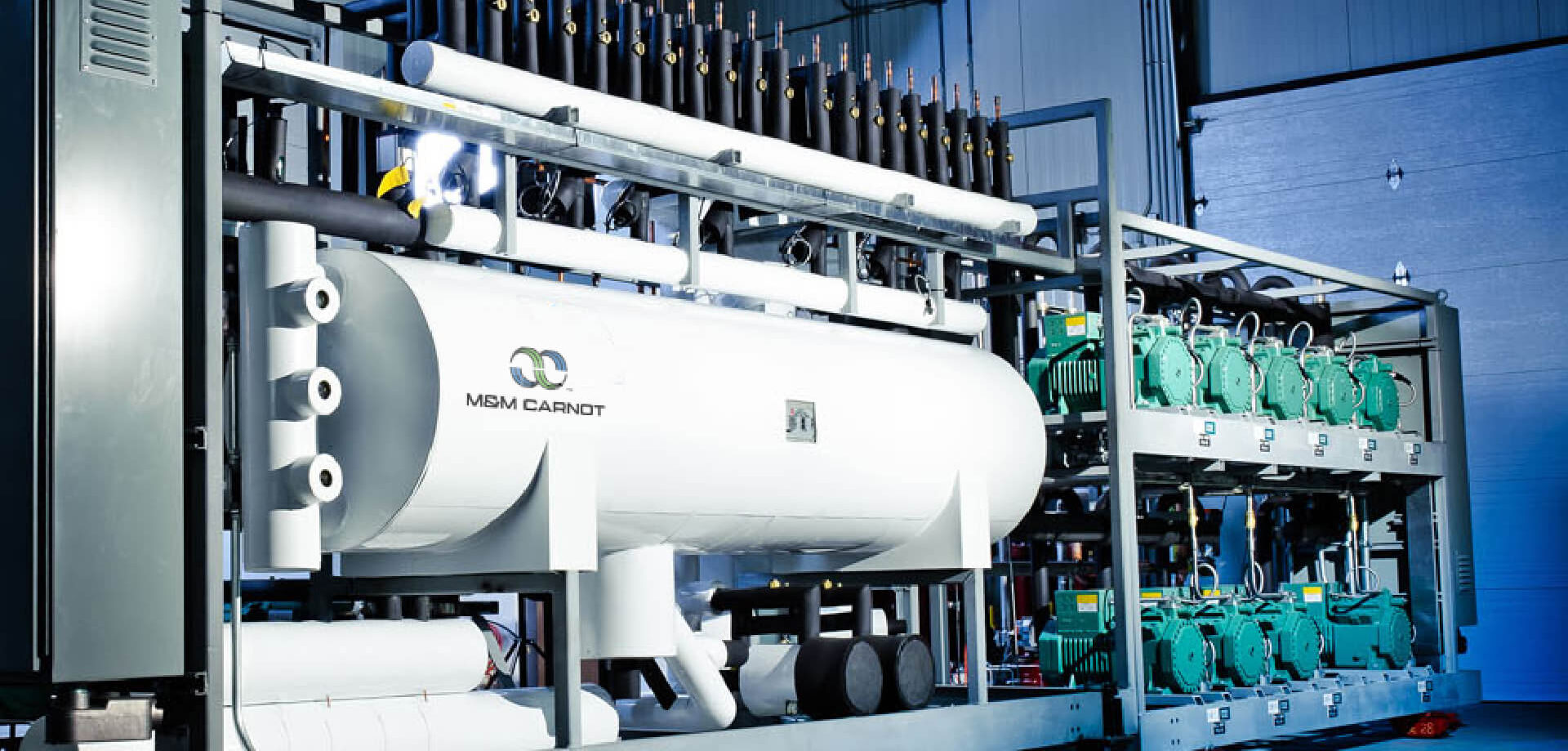Data centers are the backbone of the global economy. They power everything from enterprise operations to digital infrastructure. As data creation continues to rise, the demand for cooling critical IT equipment is increasing rapidly.
Traditional HVAC systems in data centers often rely on refrigerants with high global warming potential (GWP), many of which are now being phased out in Canada and the U.S. due to their environmental impact. Compounding the issue, cooling accounts for nearly 40% of a data center’s total power usage. Since data centers consume approximately 1% of the world’s electricity, improving efficiency is essential for both economic and environmental reasons.
To address rising operational costs and the environmental toll of traditional refrigerant systems, forward-thinking facilities are turning to carbon dioxide (CO₂) as a sustainable refrigerant alternative. CO₂ is a natural, safe, and non-flammable gas with negligible GWP, offering a path to greener and more cost-effective cooling.
Why Choose Carbon Dioxide?
Cost Savings
CO₂-based HVAC systems can be up to 12 times more economical than traditional HFC-based systems.
Superior Efficiency
CO₂’s thermal properties enable better heat transfer than synthetic refrigerants, which enhances overall system performance.
Compact Design
Operating at higher pressures allows for smaller system components and eliminates the need for large cooling towers.
Energy Efficiency
When paired with heat recovery, CO₂ systems significantly reduce energy consumption, particularly during partial loads through variable compressor speeds.
Environmental Impact
CO₂ has a GWP 1,500 to 4,000 times lower than synthetic refrigerants, making it one of the most environmentally responsible choices available.
Safety
CO₂ is non-toxic and non-reactive, offering a safer alternative to many conventional refrigerants.
How CO₂ Cooling Systems Work
Carbon dioxide cooling systems typically operate in two modes: mechanical and free cooling.
In mechanical mode, a compressor circulates CO₂ in a direct expansion process, adjusting speed based on real-time heat load for maximum efficiency. When outdoor temperatures allow, the system switches to free cooling, bypassing the compressor entirely. Similar to the natural water cycle, the CO₂ refrigerant continuously circulates by absorbing heat from the data center, rising to the condenser to release that heat, condensing, and returning to the evaporator to begin the cycle again.
Proven Performance from M&M Carnot
Since 2008, M&M Carnot has led the industry in delivering high-performance CO₂ refrigeration systems across North America and Europe. The M&M Carnot Aquilon CRAC unit features their patented Rain Cycle Economizer, which leverages gravity and the thermosiphon effect to recirculate CO₂ and enable free cooling. This innovative approach drives significant improvements in Power Usage Effectiveness (PUE) and Water Usage Effectiveness (WUE).
Renowned for their efficiency, sustainability, reliability, and simplicity in even the harshest environments, Carnot’s CO₂ systems continue to set new standards in data center cooling.
Build a Greener Future with HATCH
As data demand grows, choosing sustainable cooling solutions is no longer optional — it’s essential. HATCH partners with leading innovators like M&M Carnot to design and implement CO₂-based cooling systems that reduce costs, improve efficiency, and support your environmental goals.
Ready to future-proof your data center? Contact our team today.


